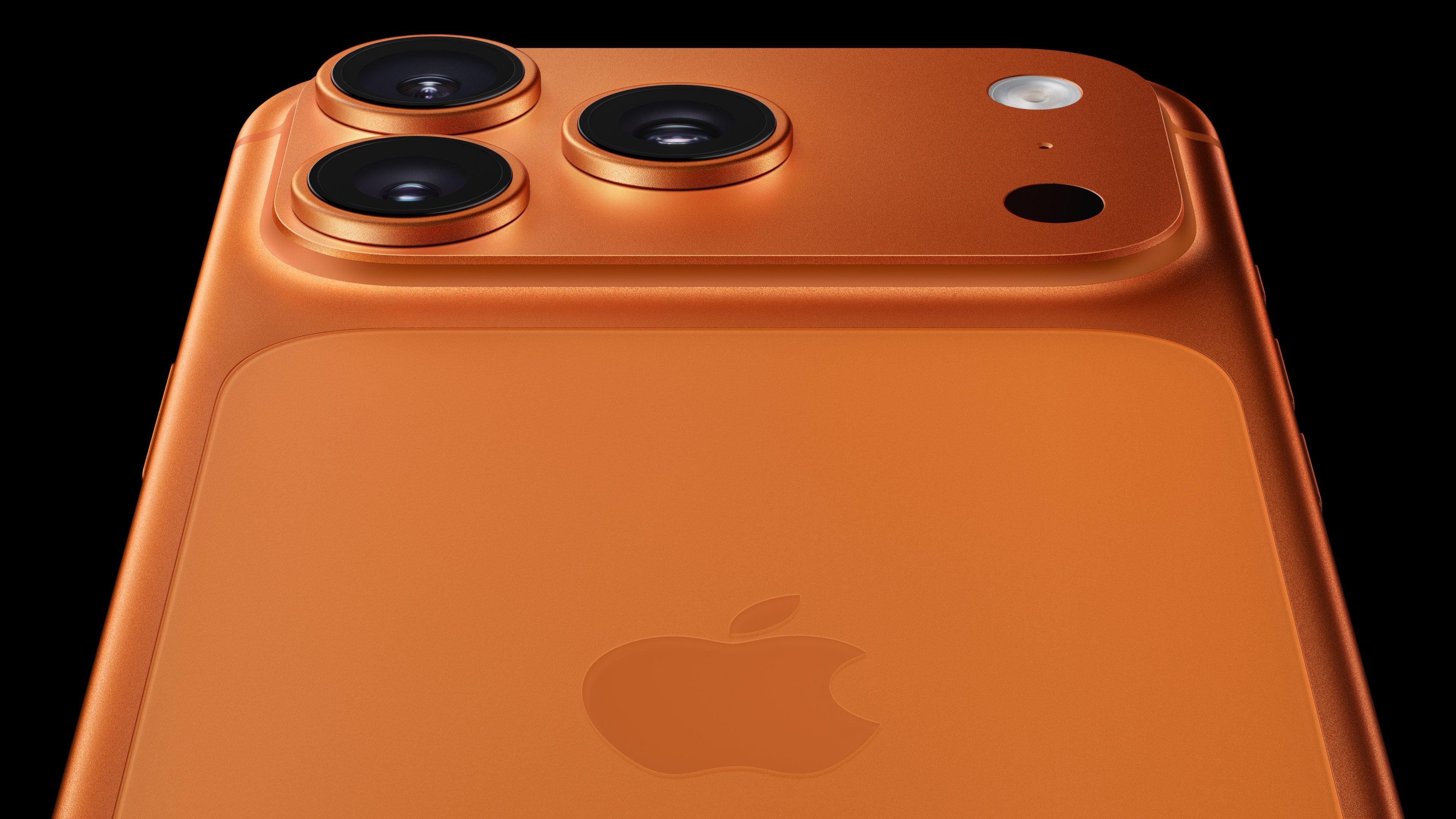Here's a new one: Topeka Capital Markets analyst Brian White is making headlines today with a bold new bauble-based prediction about Apple's (AAPL +0.04%) long-rumored iTV. White has been making the rounds in China, having talks behind closed doors with supply chain tipsters. What in the world would an "iRing" be?
The analyst believes that Apple will utilize a ring accessory that will be worn and used as a pointing device for the iTV. The TV will have sensors for motion detection, and the accessory will be used to navigate the interface. White also thinks that it will come with a "mini iTV" screen with a 9.7-inch display that can be used to view secondary content. The primary iTV size is pegged at a 60-inch display, but White thinks a couple smaller options will be available as well. Overall, the analyst expects the iTV to "revolutionize the TV experience forever."
On top of all of that, the rumored iWatch may also tap into the iTV ecosystem, complementing features of the iRing. The total price for this package is estimated in the range of $1,500 to $2,500, depending on how many "mini iTV" screens are included, with White thinking customers can order up to four. White expects all of this to happen by year's end, and is sticking by his buy rating and Street-high price target of $888.
The iRing interface idea doesn't sound like something Apple would realistically pursue. This is the company that wants to make interface as intuitive as possible by removing as many intermediary devices as it can. Steve Jobs famously bashed the use of a stylus on smartphones, saying people are already born with 10 of them on their hands.
Having to wear an iRing all the time sounds strange if it's mainly used just for navigating a TV interface, and it would be small and easy to lose if you don't wear it all the time. None of that sounds like Apple.
Especially with motion-gesture technology advances in recent years, an extra accessory seems superfluous. Microsoft (MSFT 1.04%) has a hit on its hands with Xbox Kinect, which requires nothing more than the stationary sensor. Kinect was launched in 2010 with much fanfare, and the software giant recently said it has reached 24 million in Kinect sales. It's conceivable that Apple took note of the device's popularity and has been secretly developing similar technology.
The secondary screen idea also sounds suspiciously unnecessary. White believes they will be less functional and won't threaten iPad sales, but Apple has also long enjoyed the "halo" that its products create for each other. By simply integrating the iTV with existing iPads, the company could see an uptick in iPad sales without the need for a secondary display with a limited feature set.
Some of White's rumblings don't pass the sniff test.






